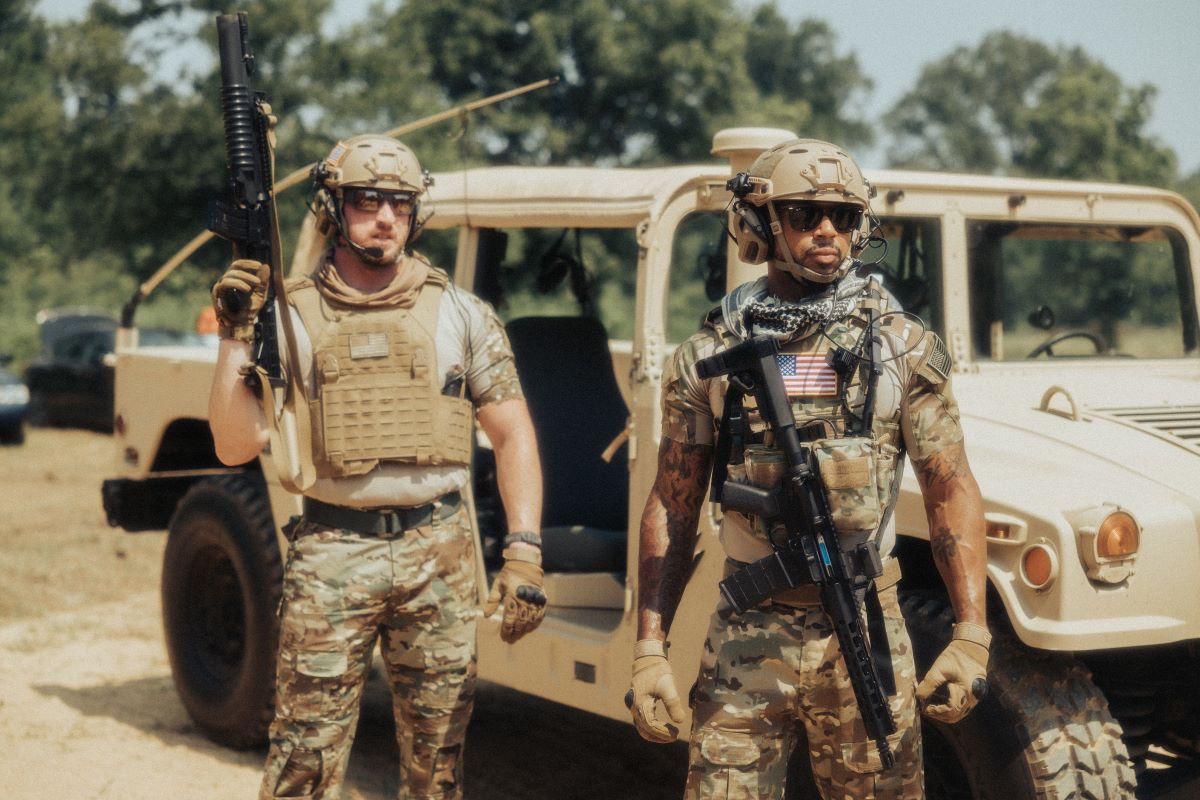
|
Faced with an increase in suicides, the US Army turned to a tried-and-true solution: human connection.
In 2000, the US Army started assigning every recruit in Basic Training a Battle Buddy to tackle high anxiety, stress, and fear. Through this forced partnership, soldiers:
When the COVID-19 pandemic hit, the University of Minnesota Medical Center (UMMC) faced a similar urgency to address its staff’s acute mental health needs. Due to the high anxiety, stress, and fear experienced by its healthcare workers, UMMC sought a solution that it could deploy rapidly with high scalability, low cost, and few resources. Like the Army, UMMC turned to human connection and adapted the Battle Buddy system:
To guide their daily check-in conversations, each Battle Buddy received a pocket-card with thoughtful, compassionate questions:
By intervening with an in-the-moment-of-crisis solution, UMMC demonstrated its commitment to cultivating a working environment where people felt supported, validated, and ultimately resilient. In its 2020 paper entitled “Battle Buddies: Rapid Deployment of a Psychological Resilience Intervention for Healthcare Workers During the Coronavirus Disease 2019 Pandemic,” UMMC stated: “Given the remarkable adaptability of human beings, we believe that, by promoting resilience, our diverse health care workforce can emerge from this monumental challenge with new skills, closer relationships, and greater confidence in the power of community.” People face proverbial battlefields daily, not just in combat or during a pandemic. While human connection is essential, it often needs to be intentionally constructed. Where could you deploy a Battle Buddy model on your team or in your organization? © 2023. Ann Tardy and MentorLead. www.mentorlead.com. All Rights Reserved. |
